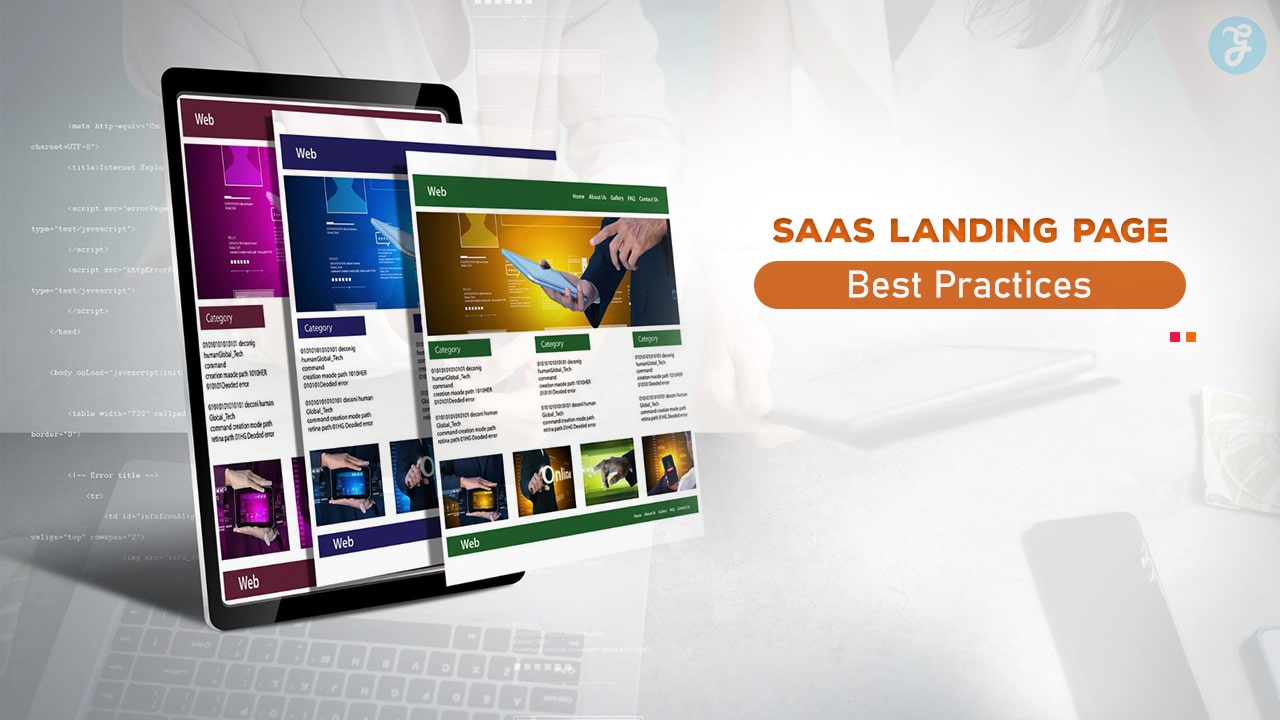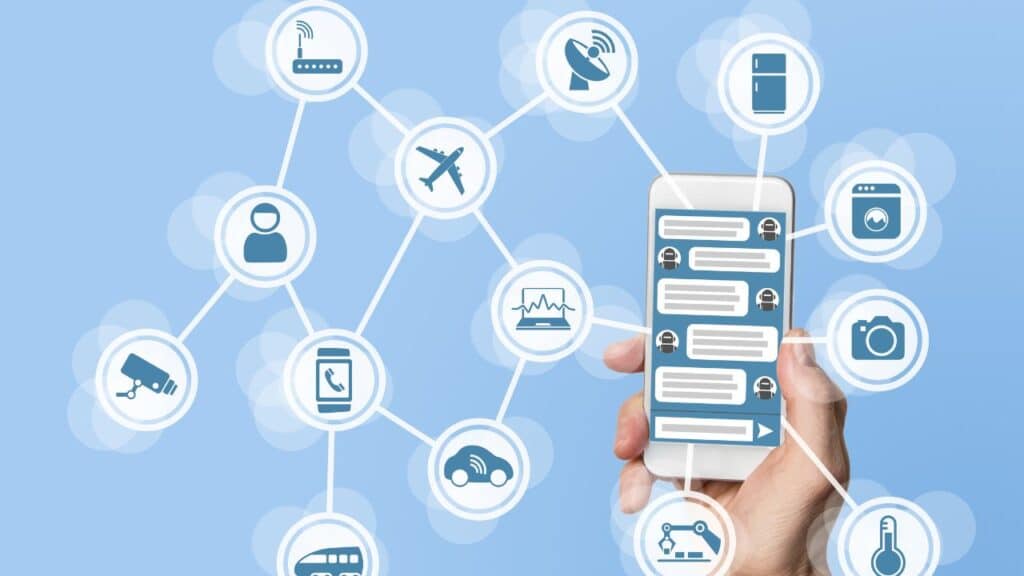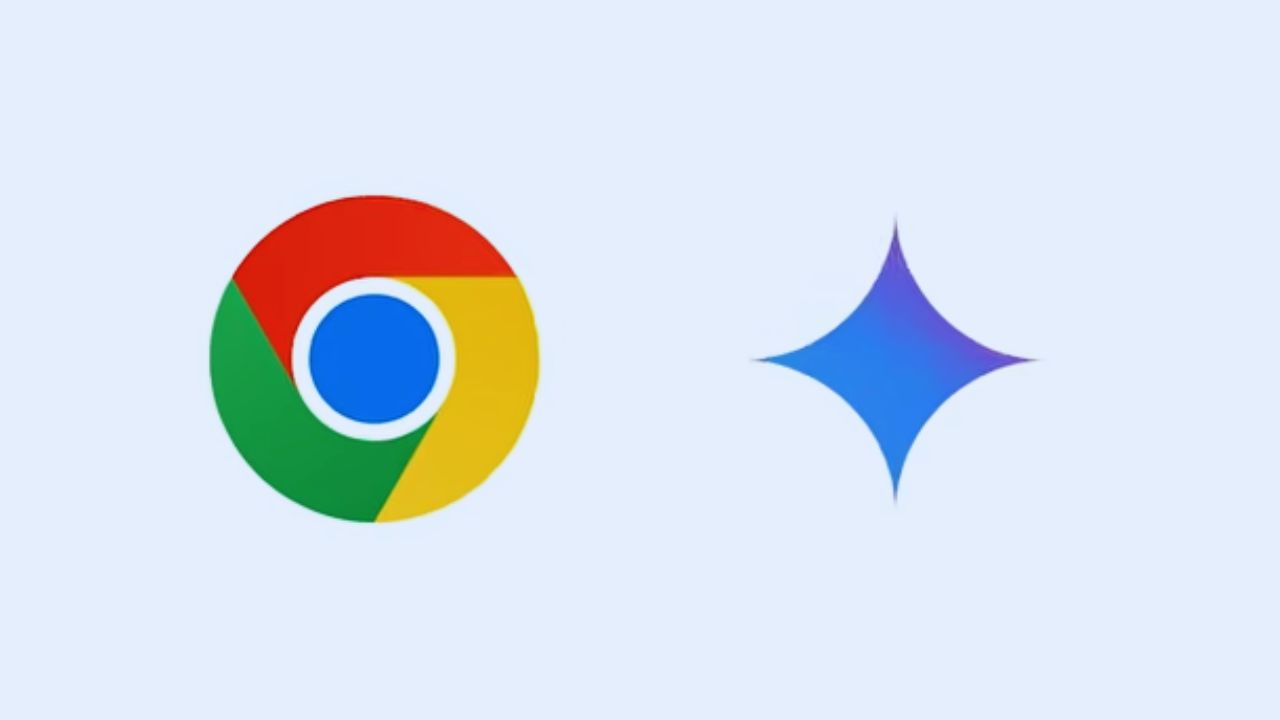For SaaS companies, the landing page is a critical gateway. It’s the first impression potential customers have of your product, and it needs to deliver value fast.
An effective SaaS landing page captures attention, engages visitors, builds trust, and drives conversions, whether that’s through sign-ups, free trials, or demos.
Achieving this balance requires a strategic approach to design, messaging, and user experience.
In this guide, we’ll cover 12 essential SaaS landing page best practices that can elevate your landing page and improve conversions.
Whether you’re launching a new product or optimizing an existing page, these best practices will help you engage visitors, build credibility, and drive meaningful actions.
1. Start with a Clear and Compelling Headline
Your headline is the first element visitors will notice, and it should make an immediate impact. A great headline succinctly describes your SaaS product and the primary value it brings. Think of it as your elevator pitch—the statement that should hook visitors and make them want to learn more.
Tips for Crafting an Effective Headline
- Be Clear, Not Clever: Instead of trying to be overly creative, be clear and direct. Your headline should immediately communicate what the product does and why it’s valuable.
- Focus on the Customer’s Problem: A strong headline identifies a pain point and hints at the solution. For instance, “Simplify Your Project Management” speaks directly to those looking for streamlined project solutions.
- Use Power Words: Words like “Save,” “Boost,” “Streamline,” or “Transform” imply benefits and attract attention.
Example Headline and Subheading:
Headline: “Automate Your Marketing Workflow in Minutes”
Subheading: “Save hours each week by automating repetitive tasks with our all-in-one marketing platform.”
2. Showcase a Strong Value Proposition
Your value proposition answers the “Why should I care?” question for your visitors. It’s the core benefit your SaaS solution provides, and it should be compelling enough to keep visitors engaged. A clear value proposition sets you apart from competitors by emphasizing what makes your product unique.
Tips for a Clear Value Proposition
- Convey Core Benefits Quickly: Avoid overwhelming visitors with too much detail. Instead, focus on the main advantages of your product, like time savings, ease of use, or cost reduction.
- Speak to Your Ideal Customer: Tailor your value proposition to appeal to your target audience’s specific needs.
- Reinforce in Multiple Locations: Position the value proposition prominently near the top of the page and reinforce it throughout different sections to remind visitors of the benefits.
Example Value Proposition:
“Increase your team’s productivity by 30% with our intuitive project management tool—no technical expertise required.”
3. Use High-Quality Visuals and Explainer Videos
Images and videos are essential in SaaS landing pages because they offer a glimpse of the product experience, simplifying complex information. Videos, in particular, can communicate key features, use cases, and benefits in a short amount of time, making them highly effective for engaging users.
Tips for Effective Visuals and Videos
- Use Real Product Screenshots: Showing actual screenshots of the software in action helps visitors understand the interface and navigation. Avoid overly polished mockups that may look unrealistic.
- Create a Concise Explainer Video: A short, 1-2 minute explainer video can walk visitors through how your product works and how it solves specific problems.
- Maintain Brand Consistency: Use colors, fonts, and design elements that match your brand’s aesthetic to create a cohesive visual experience.
Example Placement for Visuals:
Place a short product demo video near the top of the page with a caption, “See how it works in 90 seconds.” Use screenshots further down the page to highlight specific features.
4. Include Strong, Actionable Call-to-Action (CTA) Buttons
The call-to-action (CTA) is where conversions happen. Whether it’s “Start Free Trial,” “Get Started,” or “Book a Demo,” a well-designed CTA button guides visitors to take the next step. The CTA should be prominent, direct, and enticing.
Tips for Effective CTAs
- Use Action-Oriented Language: Phrasing like “Start Your Free Trial” or “Get Instant Access” is more inviting than passive language.
- Make the CTA Stand Out: Use contrasting colors and large font sizes to make the CTA button pop. Avoid blending the CTA into the background.
- Place CTAs Above and Below the Fold: Ensure at least one CTA button is above the fold, but also place additional CTAs throughout the page to capture interest at different stages.
Example CTA:
“Start Your Free Trial Now—No Credit Card Required.”
5. Highlight Key Features and Explain Their Benefits
While visitors want to know what your product does, they also need to understand why those features are beneficial. Listing features without context can be confusing, so it’s essential to pair features with clear benefits to show users how they solve specific pain points.
Tips for Presenting Features and Benefits
- Use Visual Icons for Quick Scanning: Icons draw attention to features and help users scan content quickly.
- Translate features into Benefits: For example, if a feature is “Automated Reporting,” the benefit might be “Receive real-time insights to make data-driven decisions.”
- Group Features by Category: Group similar features together, like “Collaboration Tools” or “Data Security,” to make the page organized and easy to navigate.
Example Feature and Benefit:
Feature: “Real-Time Analytics”
Benefit: “Get instant access to data insights, allowing you to make timely and informed decisions.”
6. Incorporate Social Proof to Build Credibility
Social proof validates your product and builds trust by showing that others—especially well-known brands or respected industry figures—have used and benefited from it. This helps ease any doubts potential customers may have about your SaaS solution.
Types of Social Proof to Use
- Testimonials: Real feedback from satisfied users with names, photos, and positions adds authenticity.
- Customer Logos: Displaying logos of well-known clients or partners immediately builds credibility.
- Case Studies: Detailed case studies show how your product helped clients achieve specific results, which adds depth to your social proof.
Example Social Proof Section:
“Trusted by 500+ companies worldwide, including [Logo1], [Logo2], and [Logo3].”
7. Offer Transparent and Simple Pricing Options
Pricing transparency is critical in SaaS, where customers are often committing to recurring payments. Clearly showing your pricing helps potential customers make informed decisions and reduces drop-offs caused by hidden costs or complex pricing structures.
Tips for Displaying Pricing Effectively
- Use a Pricing Table for Comparison: A pricing table that shows different plans side by side makes it easy for users to compare and choose the best option.
- Highlight Popular or Recommended Plans: If a particular plan offers the best value, label it as “Most Popular” or “Best Value” to guide users.
- Offer a Free Trial or Money-Back Guarantee: A no-risk offer can encourage visitors to try your product without commitment.
Example Pricing Structure:
“Choose Your Plan: Basic ($19/month), Professional ($49/month), Enterprise (Custom Pricing)—Free Trial Available.”
8. Simplify Form Fields to Reduce Friction
The more fields you have in your sign-up or lead capture form, the higher the chance of friction. Simplified forms can drastically reduce abandonment rates and increase conversions.
Tips for Effective Form Design
- Limit to Essential Fields: Only ask for necessary information, like name and email. More fields can be requested after the initial signup.
- Use a Single Column Layout: A single-column form is easier to complete and reduces the visual load on users.
- Offer Social Sign-In Options: Allowing users to sign up with Google or LinkedIn accounts can speed up the process.
Example Sign-Up Form:
Ask for just an email and password initially, with the option to provide additional information later.
9. Ensure Your Page is Mobile-Optimized
A significant portion of SaaS website traffic comes from mobile devices, making it essential to create a seamless experience across all screen sizes. A mobile-optimized landing page can enhance user experience and drive conversions from mobile visitors.
Tips for Mobile Optimization
- Use Responsive Design: Ensure your page layout adapts to different screen sizes without losing functionality or design.
- Simplify Content for Small Screens: Shorten text, increase font sizes, and use larger buttons that are easy to tap on mobile devices.
- Optimize Load Times: Use compressed images and clean code to ensure fast load times, which is critical for mobile users.
Example Mobile CTA:
Include a sticky “Start Free Trial” button that stays visible as users scroll, making it easy to access.
10. Leverage Exit-Intent Popups to Capture Leaving Users
Exit-intent popups appear when a user is about to leave the page, providing one last opportunity to engage them. Used strategically, exit popups can offer visitors a reason to stay, such as a discount, trial, or valuable content.
Tips for Designing Exit-Intent Popups
- Offer an Incentive: A discount, free trial, or access to premium features can entice users to give your product a try.
- Make It Simple and Non-Intrusive: Avoid cluttering the popup with too much information. Keep it clean, and allow users to easily close it if they’re not interested.
- Highlight the Benefit: Use clear and direct language that emphasizes the value of staying.
Example Exit-Intent Popup:
“Wait! Don’t leave yet—Get 10% off your first month if you sign up now!
11. Add a Live Chat or Chatbot for Instant Support
A live chat or chatbot can provide immediate answers to potential customers’ questions, reducing uncertainty and hesitation. This is particularly useful for SaaS products with technical features or multiple pricing tiers.
Tips for Effective Live Chat Implementation
- Use Automated Responses for FAQs: A chatbot can handle simple questions, like pricing and feature explanations, and direct users to human support if needed.
- Allow Access to Human Support: For more complex inquiries, ensure users have the option to chat with a human representative.
- Position the Chat Widget Smartly: Place the chat widget at the corner of the page where it’s accessible but not intrusive.
Example Chat Prompt:
“Have questions? Chat with us for instant answers.”
12. Continuously Optimize Through A/B Testing
A/B testing, or split testing, involves creating two variations of a landing page to determine which performs better. It’s an effective way to experiment with different headlines, layouts, colors, and CTAs, helping you find the combination that yields the best results.
Tips for Successful A/B Testing
- Test One Element at a Time: Isolate individual elements, like the CTA color or headline, to see which changes have the most impact.
- Analyze Key Metrics: Focus on conversion rate, bounce rate, and user engagement to measure each test’s effectiveness.
- Repeat and Refine: A/B testing is an ongoing process. Keep testing and refining your landing page based on data.
Example A/B Test:
Run a test with two different CTAs, such as “Start Free Trial” vs. “Get Started Today,” to see which performs better.
Conclusion: Building a High-Converting SaaS Landing Page
Creating a high-converting SaaS landing page is about much more than presenting features. It’s about communicating value, building trust, and delivering a seamless user experience.
By following these 12 best practices—from crafting a compelling headline and optimizing CTAs to leveraging A/B testing and mobile optimization—you can create a landing page that not only attracts visitors but effectively turns them into loyal customers.
Each element plays a critical role in driving conversions, so continuous optimization and user-focused design are essential.
With a data-driven approach and a commitment to refining each component, your SaaS landing page can become a powerful tool in your marketing strategy, capturing leads and fueling your company’s growth.















































